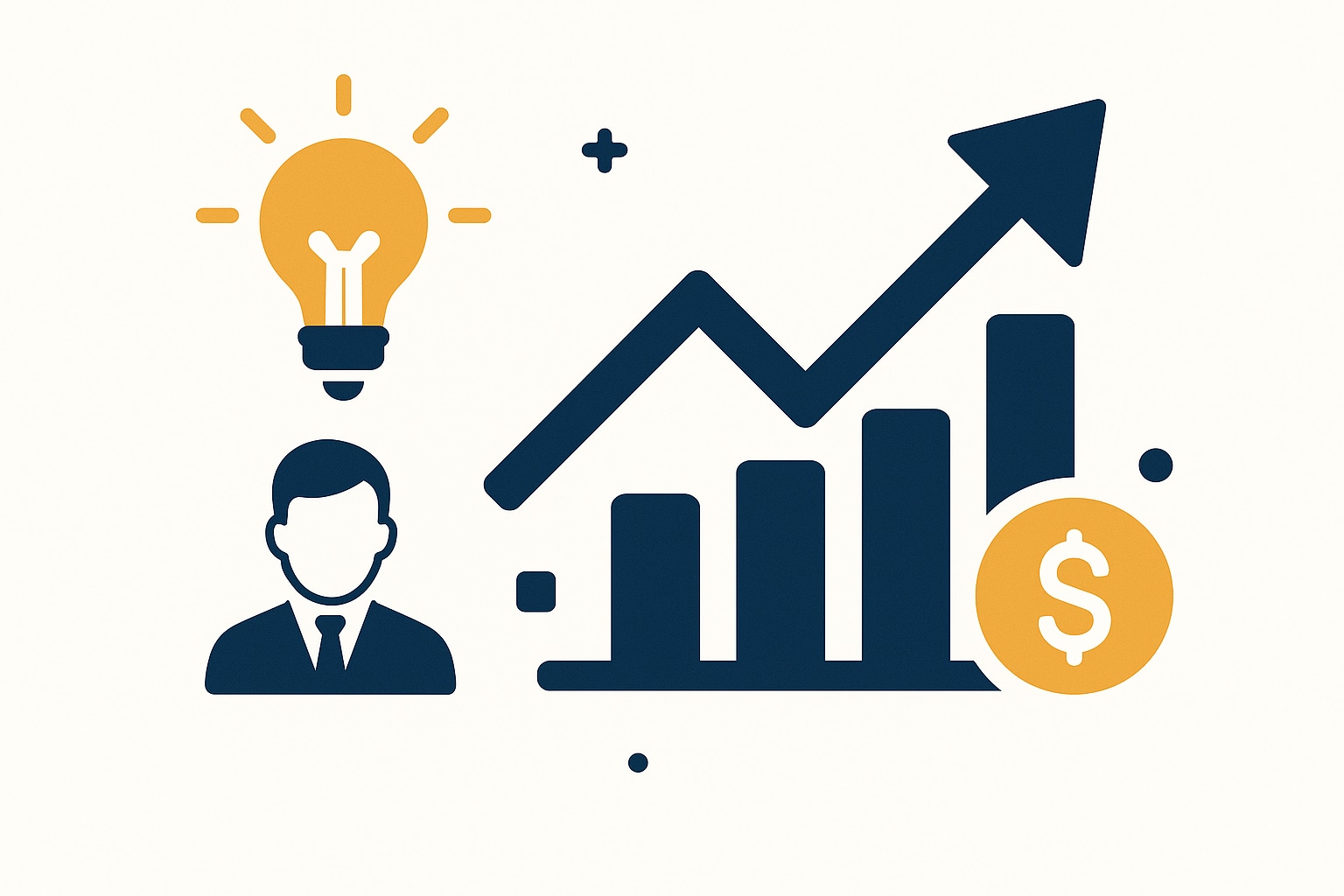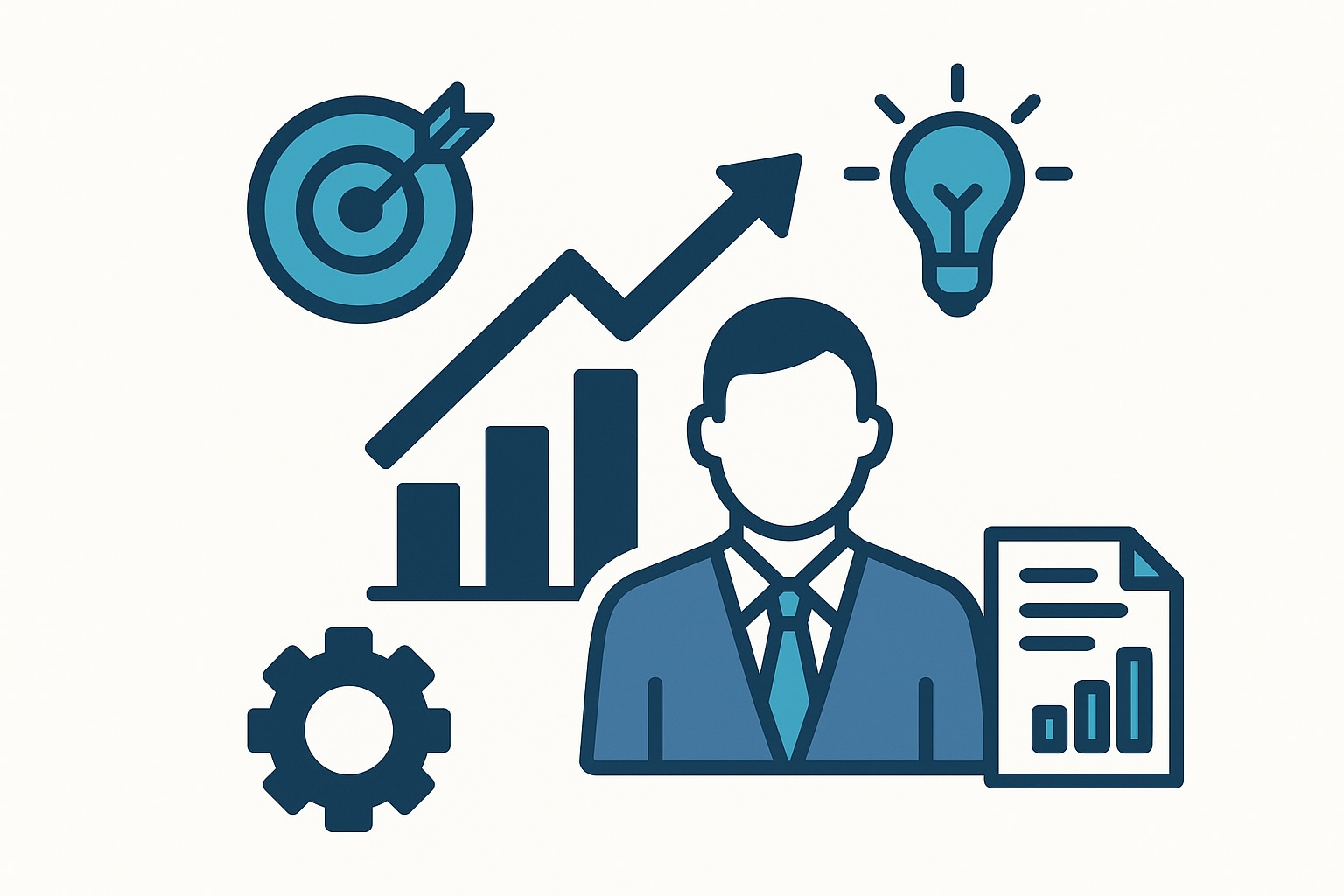Customer Acquisition Cost Optimization: Step-by-Step Guide for Startup Founders in 2025

Customer acquisition cost (CAC) is a critical metric for every startup founder who is serious about sustainable business growth. As digital marketing becomes more competitive and channels multiply, keeping CAC under control can be the difference between scaling successfully and running out of runway. In 2025, optimizing CAC is not just about slashing budgets—it's about making smarter, data-driven decisions, leveraging the latest technology, and building a framework for continuous improvement. For founders seeking actionable strategies that drive both efficiency and results, mastering CAC optimization is essential for thriving in today’s startup landscape.
Understanding Customer Acquisition Cost (CAC)
Customer Acquisition Cost (CAC) is the total cost associated with acquiring a new customer. This metric includes every expense tied to sales and marketing efforts—advertising spend, salaries, creative development, technology tools, and sales team commissions. Understanding CAC is fundamental for startup founders because it directly impacts profitability, cash flow, and the ability to scale.
To calculate CAC, simply divide the total marketing and sales expenses by the number of new customers acquired in a given period. For example, if a startup spends $20,000 in a quarter on all acquisition activities and brings in 100 new customers, the CAC is $200 per customer.
It’s crucial to monitor CAC over time, as it can fluctuate with market dynamics, competition, and internal changes. "Customer acquisition costs have more than tripled since 2013, showing a 222% increase across industries." This sharp rise means that founders must be more diligent than ever in managing and optimizing CAC to ensure long-term viability and growth.
Industry Benchmarks for CAC in 2025
Establishing the right CAC target for your startup starts with understanding current benchmarks within your sector. Industry norms provide reference points, yet it’s important to remember that CAC can vary widely depending on business model, product complexity, and customer lifetime value.
It’s also important to note the broader trend: "Customer acquisition costs have risen by 60% in the last five years to 2024." This increase underscores the need for founders to not only benchmark their CAC but to proactively seek ways to lower it through smarter strategies and technology adoption.
Step 1: Analyze Your Current CAC
Before you can optimize CAC, you need a clear and accurate assessment of your current acquisition costs. This analysis must be granular and comprehensive, capturing all direct and indirect expenses involved in bringing in new customers.
Start by compiling data from all acquisition channels—paid ads, content marketing, sales outreach, events, partnerships, and referral programs. Include both fixed and variable costs: creative production, software subscriptions, personnel, agency fees, and promotional spend. Do not overlook hidden costs such as onboarding time or customer support related to new signups.
Once you have the full picture, break down CAC by channel. This allows you to identify which channels are delivering customers most efficiently and where your spend is yielding the highest impact. Look for trends over time: Is your CAC rising with increased spend? Are there diminishing returns in certain channels?
Finally, compare your figures with industry benchmarks. If your CAC is significantly above average, it’s a signal to dig deeper into inefficiencies. If it’s below, ensure you’re not sacrificing quality or missing growth opportunities.
Step 2: Identify High-Performing Acquisition Channels
Not all customer acquisition channels are created equal, especially as the digital landscape evolves and consumer behaviors shift. Startup founders must continuously evaluate which channels deliver the most cost-effective growth and align with their target audience’s preferences.
Begin by analyzing past performance data for each channel—consider metrics such as conversion rate, CAC, customer lifetime value (CLV), and payback period. Channels to evaluate might include:
Look for channels with the lowest CAC and the highest CLV. Consider reallocating budget from underperforming channels to those that consistently outperform. Don’t be afraid to experiment—sometimes emerging platforms or niche communities can deliver outsized results for specific customer segments.
At Curio Revelio, we frequently advise founders to prioritize channels that offer scalable reach and strong targeting capabilities, while maintaining a diversified mix to hedge against volatility in any single channel.
Step 3: Implement Cost-Effective Marketing Strategies
Lowering CAC isn’t simply about spending less—it’s about making every dollar work harder. The most effective startups deploy a mix of proven cost-saving tactics and innovative growth strategies to optimize acquisition costs while still reaching ambitious targets.
Consider the following cost-effective approaches:
It’s essential to continuously test new strategies and double down on what works. Remember, "Customer acquisition costs have more than tripled since 2013, showing a 222% increase across industries." Today’s most efficient startups focus relentlessly on cost-effective, measurable activities that support scalable growth.
Step 4: Leverage Technology and Automation
Modern marketing technology offers founders powerful tools to optimize CAC by automating repetitive tasks, improving targeting, and measuring results in real time. When deployed strategically, technology can dramatically reduce manual effort and acquisition costs.
AI and machine learning are especially transformative. "AI tools in targeting and personalization are reducing acquisition costs across industries by up to 50%." This includes using AI-powered platforms for:
Marketing automation platforms—when integrated with your CRM and analytics stack—allow you to trigger campaigns based on user behavior, track multi-touch attribution, and scale outreach without increasing headcount. The result: lower CAC, higher efficiency, and more actionable insights for future optimization.
For startups partnering with Curio Revelio, leveraging the right mix of technology ensures marketing teams remain agile and focused on high-impact activities that drive cost-effective growth.
Step 5: Monitor, Test, and Optimize Continuously
Optimizing CAC is not a one-time project—it’s an ongoing process that demands regular monitoring, experimentation, and iteration. Startup founders must foster a culture of data-driven decision-making and continuous improvement.
Key steps to maintain CAC efficiency include:
Continuous optimization ensures that your CAC remains aligned with growth goals and market realities. As competition and consumer preferences evolve, a proactive approach keeps your startup ahead of the curve.
Conclusion: Achieving Sustainable Growth Through CAC Optimization
Customer acquisition cost optimization is an essential discipline for any founder aiming to scale efficiently in 2025 and beyond. By understanding your true CAC, benchmarking against industry standards, and deploying a rigorous, technology-enabled approach to acquisition, you position your startup for long-term success. Embrace continuous improvement, leverage the latest tools, and let data guide your strategy. For expert support with every stage of the growth journey, consider partnering with a results-driven consultancy like https://www.curiorevelio.com to unlock the full potential of your marketing investment.
Read More
TCS's Growth and Transformation: A Comprehensive Analysis
Explore TCS's strategic growth and transformation initiatives, including revenue milestones, AI integration, and workforce evolution, shaping the future of IT services.

Understanding Growth Marketing: Strategies for Startup Success
Explore the fundamentals of growth marketing and discover strategies to drive startup success through data-driven decision-making and innovative tactics.

Understanding the Role of a Growth Marketer: Key Responsibilities and Impact
Explore the key responsibilities and impact of growth marketers, focusing on data-driven strategies for customer acquisition and retention.
Schedule a Call Today
Discuss your Growth challenges

